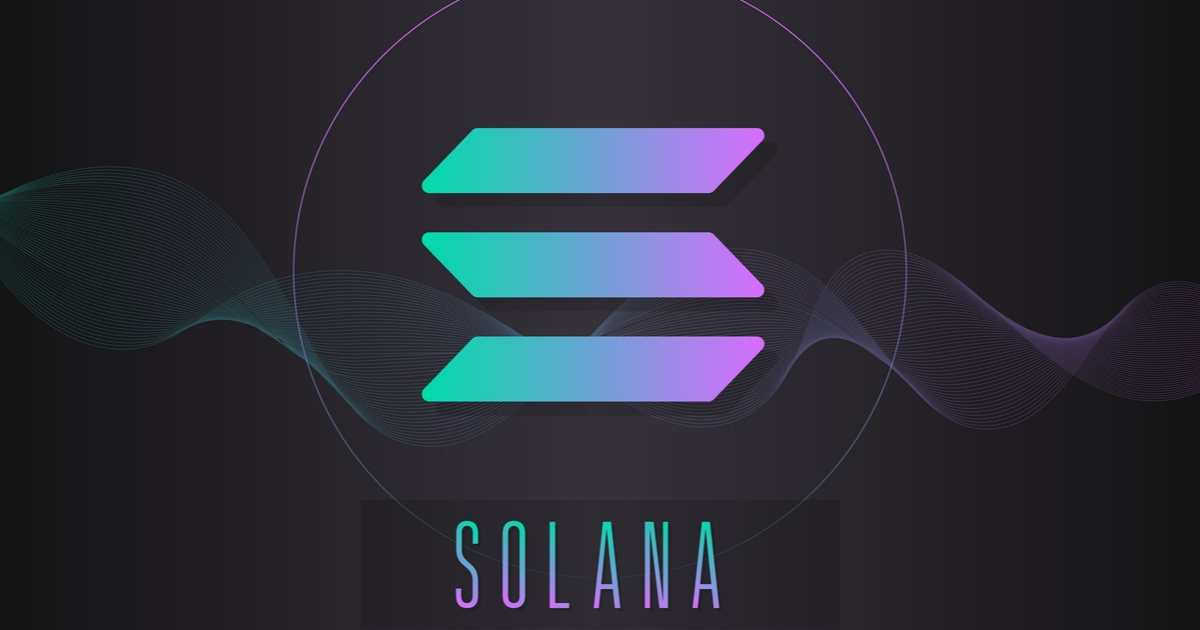Solana's SOL Price Predicted to Surpass $3000 in Bullish Scenario by 2030
Zach Anderson Oct 30, 2023 07:05
VanEck's analysis suggests Solana could reach significant valuation by 2030 due to its technical innovations and user-focused applications. However, challenges like financial sustainability, technical stability, and developer adoption need to be addressed for this potential.

A detailed analysis by VanEck, a major asset management firm, sketches various valuation scenarios for Solana (SOL) by the year 2030, amid the blockchain's remarkable performance and its strive for scalability, dated October 27, 2023.
VanEck's examination lays out three potential SOL price paths by 2030: a bearish $9.81, a bullish $3,211.28, and a base case of $335, driven by diverse market shares and revenue estimations across key sectors. This is part of a broader scenario where Solana emerges as the first blockchain to host an application with over 100 million users. Despite the envisioned lower monetization rate at 20% of Ethereum's (ETH) and smaller market shares due to community philosophy differences, there's a credible trajectory to $8 billion in revenues for SOL token holders by the end of the decade.
Central to Solana's promise is its technical prowess, particularly in scaling blockchain operations. Through rigorous optimization, Solana achieves higher transaction throughput, surpassing many legacy competitors. This technical edge extends to its data throughput capacity, a critical metric for blockchain efficacy, which is slated for a tenfold increase with the upcoming Firedancer upgrade. The blockchain's unique features like Local Fee Markets further refine the user experience by effectively managing transaction costs and system congestion.
Solana's innovative spirit has birthed an array of ventures, such as blockchain-optimized mobile phones and consumer-centric applications like decentralized mapping. Its initial vision of becoming a "Decentralized Nasdaq" has broadened with the advent of intriguing non-financial applications, underpinned by partnerships with industry giants like Shopify, Visa, and Google, which augment its ecosystem.
However, sustainability concerns loom. A glaring discrepancy between Solana’s revenue ($1.26 million) and blockchain security costs ($52.78 million) over a recent 30-day period underscores the pressing need for a more balanced financial framework. The continuous influx of speculative capital to offset validator selling pressure, against a backdrop of minuscule transaction fees, paints a challenging picture for long-term economic viability.
Solana's journey is also marred by technical instabilities, with notable network downtimes between January 2022 and February 2023. Despite subsequent improvements, the complexity of Solana's design, coupled with a high bar of programming proficiency, hinders a broader developer engagement. The blockchain's share of active crypto developers has stagnated around 6-7% over the last 18 months, which might impede its ambition to host tomorrow's blockbuster applications.
Utilizing a standardized valuation framework, VanEck projects a base SOL token valuation of $335 by 2030, based on an expected real rate of return applied to the terminal year's Free Cash Flow. The projection, however, is pinned on substantial growth in user and developer adoption, which presently trails that of Ethereum. The potential implementation of token-voting governance by 2030 could enhance SOL token economics, provided a vibrant ecosystem activity ensues.
Solana, with its relentless focus on user-centric innovations and blockchain efficiency, offers a compelling narrative. Yet, its path to significant valuation and ecosystem growth is fraught with technical, financial, and developer adoption challenges that require diligent addressing to ensure a robust and sustainable blockchain platform through 2030 and beyond.
Image source: Shutterstock.jpg)
